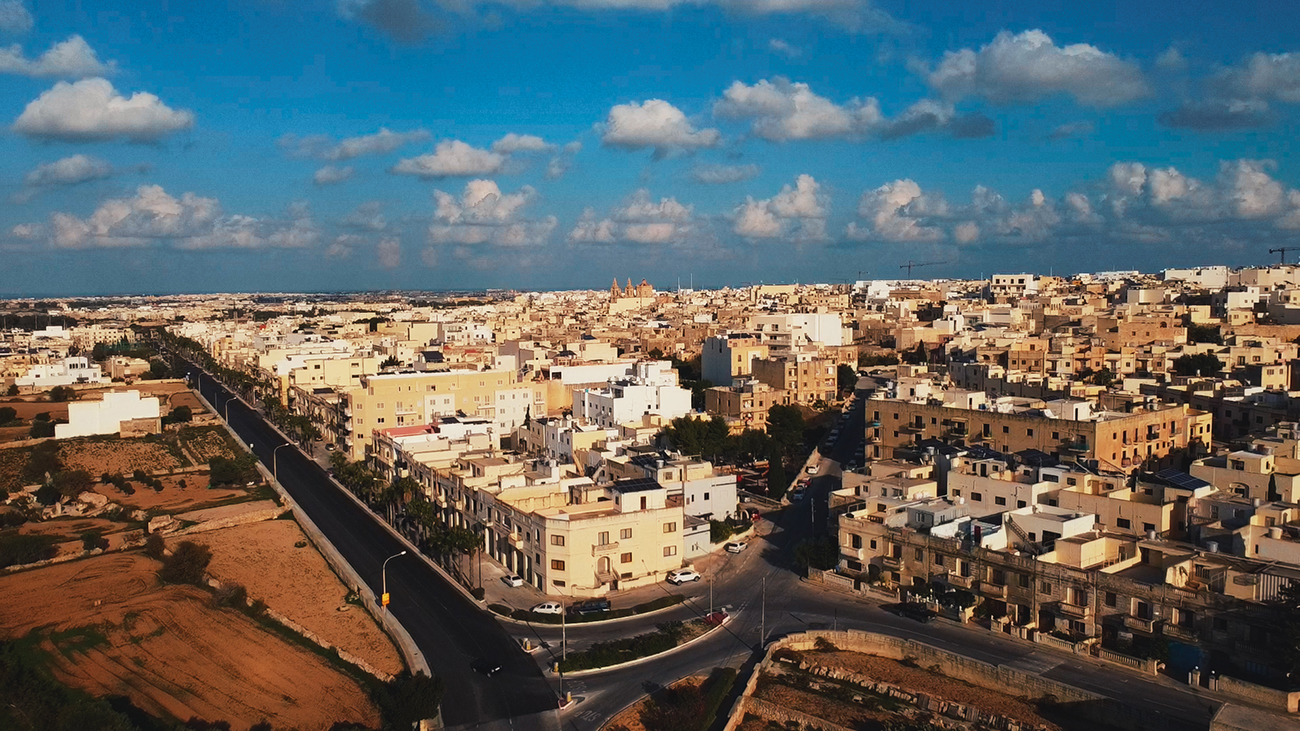Zurrieq
Zurrieq is one of Malta’s oldest towns, with a rich history that dates back to the Phoenician and Roman periods. Located in the southern region of the island, Zurrieq is known for its scenic landscapes, traditional Maltese architecture, and the famous Blue Grotto. Today, it is a thriving locality that offers a blend of history, culture, modern amenities, and property opportunities.
History
Zurrieq has a storied past that reflects Malta’s vibrant history. The town’s origins can be traced back to prehistoric times, with archaeological evidence suggesting that early settlements existed in the area during the Bronze Age. The name “Zurrieq” is believed to be derived from the Maltese word for blue, likely referencing the clear blue skies and the nearby Blue Grotto—a major tourist attraction.
During the Roman period, Zurrieq was part of the larger Roman colony that spread across Malta. Over time, it became an important agricultural hub. With the arrival of the Knights of St. John in the 16th century, Zurrieq saw further development, particularly with the construction of several churches, including the Parish Church of St. Catherine. This Baroque-style church, completed in the 17th century, remains a central landmark.
In more recent history, Zurrieq played a key role during World War II, with parts of the town suffering from air raids due to its proximity to strategic military installations.
Nightlife in Zurrieq
While Zurrieq is not widely known for a bustling nightlife compared to areas like St. Julian’s or Sliema, it offers a more relaxed and authentic Maltese experience. The town features a handful of charming wine bars, local pubs, and small cafes where residents and visitors can enjoy a quiet evening.
For those seeking more vibrant nightlife, Zurrieq is only a short drive from Malta’s entertainment hubs. Nearby areas such as Marsaxlokk and Birżebbuġa offer lively restaurants and seaside bars. For a more energetic night out, Valletta and St. Julian’s are within reach, providing clubs, music venues, and an active nightlife scene.
Modern status of Zurrieq
Today, Zurrieq is a thriving town that combines historical charm with modern conveniences. The town is well-developed, offering a range of amenities such as schools, supermarkets, healthcare services, and sports facilities. The local community is tight-knit, with a strong sense of tradition and pride in their heritage. Annual feasts and festivals, such as the Festa of St. Catherine, are celebrated with enthusiasm, attracting both locals and visitors.
Tourism also plays an important role in Zurrieq’s economy, with many drawn to the stunning coastal views and the Blue Grotto. The surrounding countryside offers excellent opportunities for hiking and outdoor activities.
Zurrieq Overview
Real Estate in Zurrieq
In recent years, Zurrieq has become a popular destination for property buyers, particularly those looking for traditional Maltese homes with character. The town offers a variety of properties, ranging from historic townhouses and farmhouses to modern apartments and villas. Traditional Maltese townhouses, with their limestone facades and wooden balconies, are especially sought after by buyers who appreciate heritage properties.
Property prices in Zurrieq are generally more affordable compared to the northern and central parts of Malta, making it an attractive option for both locals and expatriates. Additionally, the town’s peaceful setting and proximity to Malta’s natural beauty make it a popular choice for those seeking a quieter lifestyle away from the busy city centers.
In recent years, there has been an increase in new developments, including modern apartment complexes that cater to different budgets and preferences. These developments often include amenities such as swimming pools, gyms, and underground parking, appealing to both families and professionals.

Property for sale in Zurrieq
The oldest buildings available for sale or even to let, will include ancient farmhouses in the centre of the village core and dispersed around the varied valleys and hillocks of the surrounding countryside.
Several pre-war and post-war buildings are also still standing, some of which make ideal townhouses when restored to their original magnificence. Wooden beams, handmade coloured tiling, expansive gardens, inner courtyards, archways and more.
The new areas where development has increased multifold include new and modern apartments and penthouses most of which have been selectively constructed where their owners can enjoy falling country or sea views. Indeed, being of a quiet village atmosphere, Zurrieq offers a serene location with superlative investment potential.
BUY
Properties For Sale in Zurrieq
RENT
Properties For Rent in Zurrieq
Localities
Discover other Maltese localities
Take a deep dive and browse the Maltese localities and local insights to see if the homes for sale/rent are right for you.